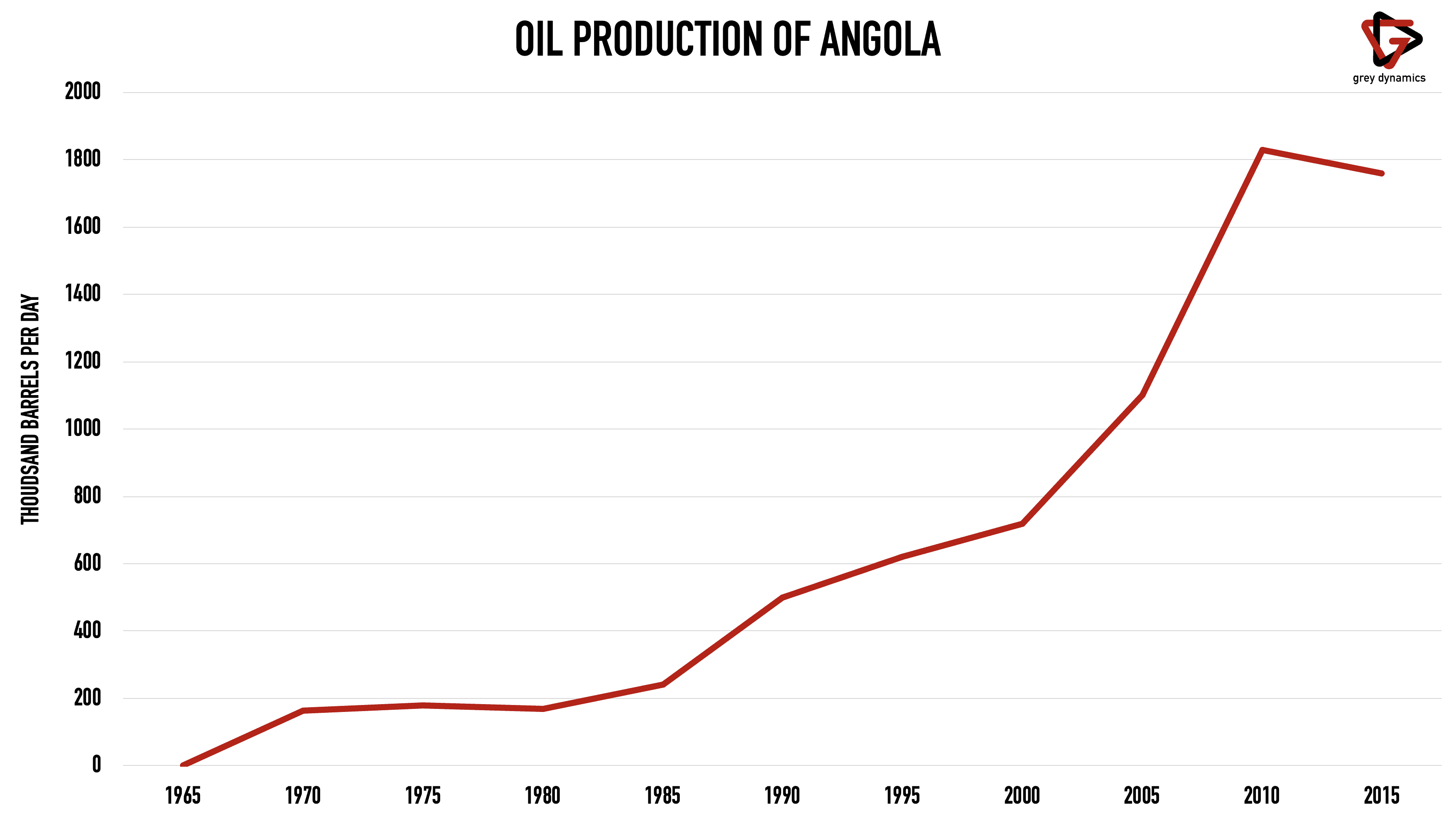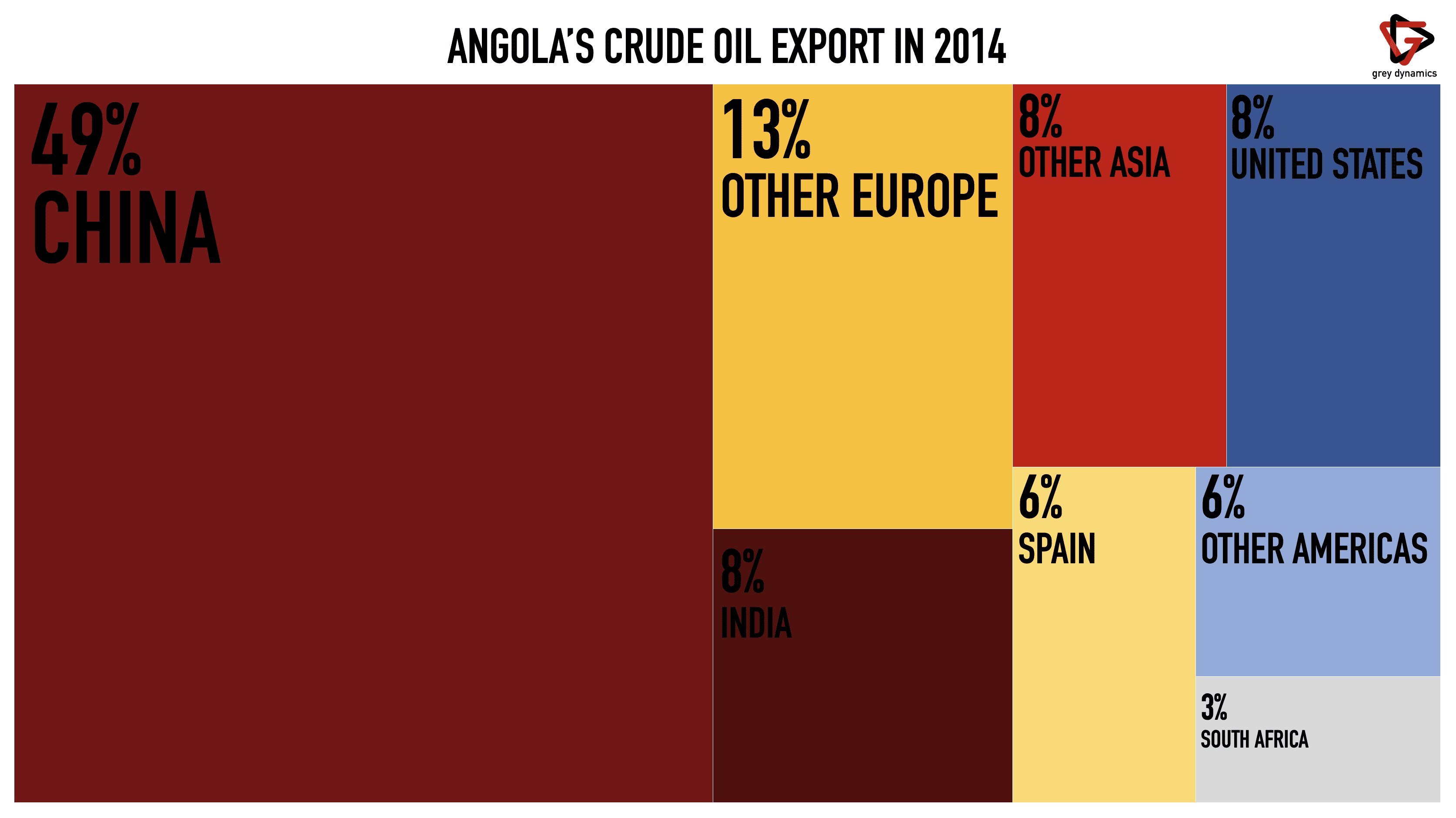On 28 Feb 2018, the Cabinda Rebels announced a resumption of its armed struggle. The rebels sent a stern warning to the oil and gas industry. The Armed Forces Command (FAC), the armed wing of the Front for the Liberation of the Cabinda Enclave (FLEC), said the resumption was justified given the continuous and growing militarization of the territory by the Angolan armed forces and the ongoing abuse and violence. The declaration comes days after the reported killing of three Angolan soldiers and a police officer by FLEC forces and a month following the arrest of Cabinda independence leader Carlos Vemba. The separatist rebels have waged four-decade low-intensity guerrilla warfare in Cabinda for independence or some form of autonomy. Despite its immense hydrocarbon wealth, Cabinda remains one of Angola’s poorest provinces.
- Cabinda is a province of Angola separated from the rest of the country by a thin strip of the DRC.
- The Angolan economy is highly dependent on its oil sector. It accounts for about half of the country’s GDP and over 90% of export revenues.

- Cabinda produces more than half of Angola’s oil and accounts for nearly all of its foreign exchange earnings.
- The province produces 700,000 barrels (110,000m3) of crude oil daily from some of the world’s largest oil companies. It includes Angip Angola, Chevron, and Total.
- Cabinda receives about 10% of the taxes ChevronTexaco and its offshore partners paid.
There might be “some people with guns.”
Government officials failed to comment after the declaration by FAC. The government did not concede that casualties were inflicted as a result of the recent attacks. It is often the response of the government not to publicly recognize the security threat or simply pretend it does exist. This of course while increasingly militarizing the province. Former Governor of Cabinda Aldina da Lomba Catembo did an interesting statement to Reuters. “FLEC does not exist, it is an old topic”. There might still be “some people with guns” who were unhappy with the status quo in Cabinda. She insisted that FLEC did not represent any threat to overall stability.
Cabinda rebels are estimated to number around 2,000 of the total 700,000 population of the province. They demand a greater share of oil revenue for the province’s population. The separatist group has kidnapped foreign nationals in an attempt to draw attention to their independence claims. Nonetheless, they more often focuses their attacks on the Angolan military and police. After a 2007 peace agreement was signed between the government and the group, attacks generally disappeared. However, the group made international headlines in 2010 when gunmen attacked a bus carrying the Togo soccer team to an Africa Cup of Nations match. Togo’s assistant coach and driver were killed in the attack.
New blood ignites the movement
FLEC again resumed its struggle in Feb 2016 when some militants boarded an offshore Chevron gas platform and threatened foreign petroleum workers. In a statement the same year, FLEC also warned the government of China to repatriate all its citizens in the oil-producing area as their presence “constitutes a provocation”. 2016 also saw the escalation of violence claim the lives of over 50 Angolan soldiers.

The surge in violence intensified that year after the death of FLEC’s founder, Nzita Tiago, who was in exile in France. His son, Emmanuel Nzita wa Nzita, was appointed the organisation’s new president. 2016 FLEC called for a boycott as President Jose Eduardo dos Santos ended almost four decades in power. In a statement, FLEC said it “does not accept the permanence of a foreign power on our territory, but does not want to interfere in the internal affairs of Angola. “For this reason, FLEC urges all the people of Cabinda to not participate in presidential elections in Angola.”
“War of occupation”
Last month, police reportedly arrested 77 separatist militants and supporters of the smaller and peaceful Cabinda Independence Movement (MIC), including nine members of the local church and its pastor, who preaches for self-determination. There are soldiers stationed at government-backed construction sites along the coast and around the barbed-wire fenced compound where foreign oil workers live. “These guys don’t take any chances,” one foreign oil worker in Cabinda told Reuters about the security set-up. FLEC describes it as a “war of occupation”. They dismiss the government’s claims that there is no war on the territory. However, the military is there and has always been there. The government provides the public with one narrative of a non-existent threat or one that is neutralized. Nonetheless, its inability to appease the demands of the suffering province will require a permanent security presence.

